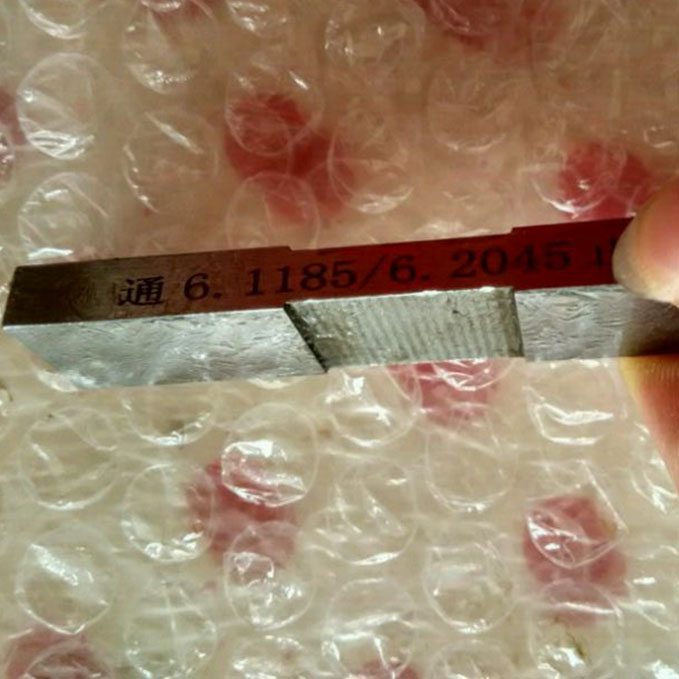Gru . 19, 2024 18:08 Back to list
vertical y strainer
Understanding Vertical Y Strainers An Essential Component for Fluid Systems
In various industrial applications, maintaining the cleanliness and integrity of fluid systems is essential for optimal performance and longevity. One of the critical components that facilitate this goal is the vertical Y strainer. This essential device plays a pivotal role in ensuring the efficient operation of pipes, pumps, and equipment by filtering out unwanted particles and debris from the fluids being transported. In this article, we will explore the design, functionality, and applications of vertical Y strainers, as well as their benefits and maintenance considerations.
What is a Vertical Y Strainer?
A vertical Y strainer is a type of filtration device that is typically installed in a piping system to trap solid particles and impurities from a fluid stream. The Y shape refers to the physical configuration of the strainer, resembling the letter Y. This design allows for gravity-assisted filtration, making it particularly efficient for both liquid and gas applications. The strainer's inlet is connected to the pipeline, and as the fluid flows through, it is directed through a mesh screen or perforated plate. Larger particles are captured by the screen, while the filtered fluid continues downstream.
Key Components of a Vertical Y Strainer
Vertical Y strainers are comprised of several essential components
1. Body The main housing where the fluid enters and exits. Typically made from materials like stainless steel, cast iron, or PVC, the choice of material depends on the application and the type of fluid being filtered.
2. Strainer Element The actual filtering component, often made from fine mesh or perforated material. The mesh size is critical, as it determines what particles will be filtered out of the fluid.
3. Cleaning Mechanism Most vertical Y strainers include a way to clean the strainer element, either through a blow-off valve, manual cleaning, or self-cleaning mechanisms.
4. Flanges or Connections These are used to connect the strainer to the pipeline, ensuring a secure and leak-proof installation.
Applications of Vertical Y Strainers
vertical y strainer

Vertical Y strainers are widely used across various industries, including
- Water Treatment In municipal and industrial water systems, these strainers remove debris from water sources before they enter treatment facilities or distribution systems. - Chemical Processing Strainers protect sensitive equipment from contaminants in chemical solutions, ensuring consistent production quality. - HVAC Systems In heating, ventilation, and air conditioning (HVAC) applications, Y strainers play a crucial role in maintaining system efficiency by filtering out dirt and particles that could clog filters and coils. - Oil and Gas In the oil and gas sector, vertical Y strainers prevent solid contaminants from causing damage to pumps, compressors, and other critical equipment.
Benefits of Vertical Y Strainers
The adoption of vertical Y strainers in a fluid system offers numerous advantages
- Efficient Filtration Their design allows for high flow rates while effectively removing particles, thereby enhancing system performance. - Reduced Maintenance Costs By preventing contaminants from entering critical equipment, Y strainers help reduce wear and tear, resulting in lower maintenance and repair costs.
- Easy Cleaning Many vertical Y strainers are designed with user-friendly maintenance features, allowing for straightforward cleaning and servicing.
- Versatility These strainers can be used in a variety of applications, making them a versatile solution for many industries.
Maintenance Considerations
To ensure optimal performance, it is essential to establish a regular maintenance schedule for vertical Y strainers. This includes periodic checks of the strainer element to remove accumulated debris, inspecting seals and connections for leaks, and ensuring that the materials remain intact. Regular maintenance not only extends the life of the strainer but also enhances the overall efficiency of the fluid system.
Conclusion
In conclusion, vertical Y strainers are indispensable components in fluid management systems across various industries. Their ability to filter out unwanted particles effectively protects equipment, enhances efficiency, and reduces maintenance costs. By understanding their design, applications, and maintenance needs, operators can ensure that their fluid systems function optimally, ultimately contributing to the success of their operations.
-
thread-plug-gauge-our-promise-of-measurement-excellenceNewsAug.22,2025
-
gauge-pin-class-reflecting-quality-legacyNewsAug.22,2025
-
check-valve-types-for-high-rise-buildingsNewsAug.22,2025
-
water-control-valve-for-irrigation-systemsNewsAug.22,2025
-
gate-valve-with-soft-seal-technologyNewsAug.22,2025
-
y-type-strainer-for-oil-and-gas-applicationsNewsAug.22,2025
Related PRODUCTS









